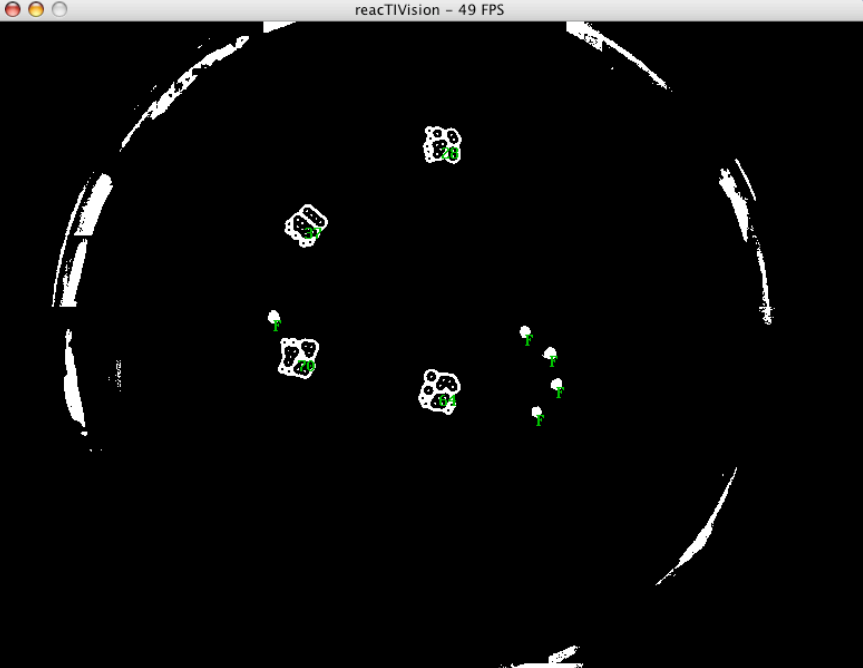tuipong - a tangible and multitouch pong game
the game
tuipong is a tabletop pong game that uses both tangible user interfaces (TUI) and multitouch as input. the pong game is augmented with a new physics engine based on the fisica library for processing designed by ricard marxer.
the physics engine allows players to rotate the paddle at 360 degrees, and use the angular velocity of the paddle to deflect the ball at different directions and speeds. i developed this interactive tabletop game as part of my master thesis in 2011.
A picture of the TUIPONG game: (left) a single-player pong game where the scope is to absorb the balls that come at different speeds to test one's reflexes ; (right) the augmented pong with the possibility to deflect the ball at 360 degrees.



